Home>Gardening & Outdoor>Outdoor Recreation & Activities>What Should The TDS Be In A Swimming Pool


Outdoor Recreation & Activities
What Should The TDS Be In A Swimming Pool
Published: February 18, 2024
Learn about the ideal Total Dissolved Solids (TDS) level for your swimming pool to maintain water quality and ensure a refreshing outdoor experience. Understand the importance of monitoring TDS for outdoor recreation and activities.
(Many of the links in this article redirect to a specific reviewed product. Your purchase of these products through affiliate links helps to generate commission for Storables.com, at no extra cost. Learn more)
Introduction
Maintaining a clean and inviting swimming pool involves more than just ensuring the water is clear and free of debris. Total Dissolved Solids (TDS) play a crucial role in the overall quality of the pool water. Understanding and managing TDS levels is essential for preserving the health and longevity of the pool, as well as ensuring a safe and enjoyable swimming experience for all.
In this comprehensive guide, we will delve into the significance of TDS in a swimming pool, explore the ideal TDS levels, and discuss the various factors that can influence TDS concentrations. Additionally, we will provide insights into testing and adjusting TDS levels to help pool owners and maintenance professionals maintain optimal water quality.
As we embark on this journey through the realm of TDS in swimming pools, it is important to recognize the pivotal role that TDS plays in the overall maintenance and functionality of these aquatic oases. By gaining a deeper understanding of TDS and its implications, pool owners and enthusiasts can take proactive measures to ensure that their pools remain pristine and inviting, promoting a refreshing and rejuvenating aquatic environment for all to enjoy.
Key Takeaways:
- Maintaining the right TDS levels (between 1500-2000 ppm) in a swimming pool is crucial for clear water, effective sanitation, and preventing damage to pool equipment. Testing and adjusting TDS regularly is key to a pristine and inviting pool environment.
- Factors like water source, chemical treatments, and evaporation can affect TDS levels. Understanding and managing these factors empowers pool owners to proactively maintain optimal TDS levels, ensuring a balanced and inviting pool environment for all to enjoy.
Read more: What Should The Ph Be In A Swimming Pool
Understanding Total Dissolved Solids (TDS)
Total Dissolved Solids (TDS) refer to the combined content of inorganic and organic substances present in a liquid, including water. These substances can encompass a wide array of elements and compounds, such as minerals, salts, metals, and organic matter, that have dissolved in the water. TDS can originate from various sources, including natural processes, human activities, and environmental factors.
In the context of a swimming pool, TDS is a critical parameter that directly influences the water quality and overall pool maintenance. The presence of dissolved solids can impact the visual clarity, taste, and odor of the water, as well as affect the efficiency of sanitizers and other water treatment chemicals. High TDS levels can also lead to scale formation on pool surfaces and equipment, potentially causing damage and reducing the lifespan of pool components.
Understanding the composition of TDS is essential for comprehending its effects on pool water. Common constituents of TDS in swimming pools include calcium, magnesium, sodium, potassium, chlorides, sulfates, carbonates, and various organic compounds. These substances can enter the pool through multiple pathways, such as fill water, chemical treatments, environmental debris, and swimmers' activities.
By gaining insight into the nature of TDS and its sources, pool owners and maintenance professionals can make informed decisions regarding water treatment and maintenance practices. Moreover, understanding the dynamics of TDS enables individuals to recognize the potential implications of elevated TDS levels and take proactive measures to mitigate adverse effects on the pool environment.
In essence, comprehending Total Dissolved Solids is pivotal for maintaining a balanced and healthy swimming pool. By delving into the intricacies of TDS, pool enthusiasts can develop a deeper appreciation for the complexities of water chemistry and the significance of TDS management in sustaining a pristine and inviting aquatic haven.
Importance of TDS in a Swimming Pool
The significance of Total Dissolved Solids (TDS) in a swimming pool cannot be overstated, as it directly impacts the overall water quality, maintenance, and the well-being of swimmers. TDS serves as a vital indicator of the pool's condition, reflecting the cumulative presence of dissolved substances that can influence various aspects of the aquatic environment.
Maintaining an optimal TDS level is crucial for preserving the visual clarity of the water. High TDS concentrations can lead to cloudiness and turbidity, diminishing the aesthetic appeal of the pool and potentially creating an uninviting atmosphere for swimmers. By monitoring and managing TDS levels, pool owners can uphold the sparkling clarity of the water, enhancing the overall allure of the pool and ensuring a visually captivating swimming experience.
Furthermore, TDS plays a pivotal role in the effectiveness of water treatment chemicals and sanitizers. Elevated TDS levels can hinder the performance of chlorine and other disinfectants, reducing their ability to combat harmful microorganisms and maintain proper sanitation. This can compromise the safety and hygiene of the pool, posing potential health risks to swimmers. By regulating TDS concentrations within the recommended range, pool operators can optimize the efficacy of water treatment products, safeguarding the well-being of individuals who frequent the pool.
In addition to water quality and sanitation, TDS also influences the longevity and functionality of pool equipment and infrastructure. High TDS levels can contribute to scale formation on surfaces, including pool walls, tiles, and filtration systems. This scaling not only detracts from the visual appeal of the pool but can also impede the efficiency of equipment, leading to reduced performance and potential damage. By managing TDS levels, pool owners can mitigate the risk of scale accumulation, prolonging the lifespan of pool components and minimizing the need for costly repairs and maintenance.
Moreover, TDS serves as a key parameter for assessing the overall balance and composition of the pool water. By monitoring TDS levels alongside other water chemistry parameters, such as pH and alkalinity, pool operators can gain valuable insights into the holistic quality of the water. This comprehensive understanding enables informed decision-making regarding water treatment and maintenance practices, ensuring that the pool environment remains harmonious and conducive to a delightful swimming experience.
In essence, the importance of TDS in a swimming pool transcends mere numerical values, encompassing a multifaceted impact on water quality, sanitation, equipment integrity, and overall pool management. By recognizing and addressing the significance of TDS, pool owners and maintenance professionals can uphold the integrity of the pool environment, fostering a safe, inviting, and enjoyable aquatic oasis for all to relish.
Ideal TDS Levels for a Swimming Pool
Maintaining optimal Total Dissolved Solids (TDS) levels is paramount for ensuring the overall quality and integrity of a swimming pool. The ideal TDS range for a swimming pool typically falls between 1500 parts per million (ppm) and 2000 ppm. This range provides a balanced environment that promotes water clarity, effective sanitation, and minimal impact on pool infrastructure.
Adhering to the recommended TDS levels offers several advantages for pool owners and operators. Within the specified range, the water maintains a desirable level of clarity, enhancing the visual appeal of the pool and creating an inviting ambiance for swimmers. Additionally, maintaining TDS within the ideal range optimizes the performance of water treatment chemicals, such as chlorine, ensuring efficient disinfection and sanitation.
Furthermore, the prescribed TDS levels help mitigate the risk of scale formation on pool surfaces and equipment. By staying within the recommended range, pool owners can minimize the accumulation of scale, preserving the integrity and functionality of filtration systems, pumps, and other vital components. This proactive approach reduces the likelihood of costly maintenance and repairs, contributing to the long-term sustainability of the pool infrastructure.
It is important to note that the ideal TDS range may vary slightly based on specific factors, such as the type of pool, climate, and local water conditions. Therefore, periodic monitoring and adjustment of TDS levels are essential to accommodate these variations and maintain an optimal pool environment.
By adhering to the ideal TDS levels, pool owners can uphold the overall balance and health of the pool water, creating a refreshing and enjoyable swimming experience for all. Striking the right TDS balance is a fundamental aspect of pool maintenance, ensuring that the aquatic oasis remains pristine, inviting, and conducive to leisure and recreation.
Factors Affecting TDS Levels
Several factors can significantly influence the Total Dissolved Solids (TDS) levels in a swimming pool, ultimately shaping the composition and quality of the pool water. Understanding these influential factors is crucial for effectively managing TDS and maintaining an optimal aquatic environment.
-
Water Source: The source of water used to fill the pool can have a substantial impact on TDS levels. Tap water, well water, or water from natural sources may contain varying concentrations of dissolved minerals and impurities, directly influencing the initial TDS levels in the pool.
-
Chemical Treatments: The use of water treatment chemicals, such as chlorine, algaecides, and pH adjusters, can contribute to changes in TDS levels. The introduction of these chemicals alters the chemical composition of the water, potentially increasing TDS concentrations based on the specific products used and their application frequency.
-
Environmental Debris: Organic matter, debris, and contaminants introduced into the pool environment through environmental factors, such as wind-blown debris, foliage, and airborne pollutants, can contribute to elevated TDS levels. These substances dissolve in the water, adding to the overall TDS content and influencing water quality.
-
Swimmer Activities: Swimmers themselves can inadvertently impact TDS levels through the introduction of sweat, body oils, sunscreen residues, and other personal care products. These substances can dissolve in the water, contributing to TDS accumulation and necessitating proactive management.
-
Evaporation and Refilling: As water evaporates from the pool, TDS concentrations in the remaining water increase, as the dissolved solids are left behind. When the pool is refilled to compensate for water loss, the TDS levels may fluctuate based on the composition of the refill water and the extent of evaporation.
-
Climate and Temperature: Environmental factors, such as temperature and climate, can influence TDS levels. Higher temperatures and arid conditions can accelerate evaporation, potentially leading to TDS concentration spikes if not managed effectively.
Understanding these diverse factors that influence TDS levels empowers pool owners and maintenance professionals to implement targeted strategies for managing TDS and preserving water quality. By addressing these influential elements, individuals can proactively maintain optimal TDS levels, ensuring a balanced and inviting pool environment for all to enjoy.
The ideal TDS (Total Dissolved Solids) level for a swimming pool is between 1500-2500 ppm (parts per million). Regularly test and adjust the TDS to maintain water quality.
Testing and Adjusting TDS in a Swimming Pool
Testing and adjusting Total Dissolved Solids (TDS) in a swimming pool is a fundamental aspect of pool maintenance, essential for preserving water quality and ensuring a safe and enjoyable swimming environment. The process involves the regular assessment of TDS levels followed by appropriate adjustments to maintain the TDS within the recommended range.
Testing TDS Levels
Testing TDS levels in a swimming pool is typically conducted using a TDS meter, a device designed to measure the concentration of dissolved solids in the water. Pool owners and maintenance professionals can utilize digital TDS meters to obtain accurate and instantaneous readings of TDS levels. The testing process involves immersing the TDS meter's probe into the pool water and allowing it to analyze the dissolved solids content. The resulting measurement, expressed in parts per million (ppm), provides valuable insights into the current TDS status of the pool.
Adjusting TDS Levels
Upon obtaining TDS measurements, pool operators can determine whether adjustments are necessary to align the TDS levels with the ideal range. If the TDS levels exceed the recommended range, dilution becomes a viable method for lowering TDS concentrations. Dilution involves partially draining the pool and refilling it with fresh water, effectively reducing the overall TDS content. Careful consideration should be given to the source of the refill water to ensure that it aligns with the desired TDS parameters.
In cases where TDS levels are below the optimal range, the addition of necessary minerals and salts may be warranted to achieve the appropriate balance. However, it is crucial to exercise caution and precision when introducing chemicals to avoid overcompensating and inadvertently elevating TDS levels beyond the desired threshold.
Importance of Regular Testing and Adjustment
Regular testing and adjustment of TDS levels are imperative for sustaining a harmonious pool environment. By monitoring TDS consistently, pool owners can proactively address fluctuations and maintain the water within the recommended parameters. This proactive approach not only promotes water clarity and sanitation but also contributes to the longevity of pool infrastructure by mitigating the risk of scale formation and equipment damage.
In essence, the process of testing and adjusting TDS in a swimming pool serves as a cornerstone of effective pool management, ensuring that the water remains balanced, inviting, and conducive to a delightful swimming experience for all. By integrating this practice into routine maintenance protocols, pool enthusiasts can uphold the integrity and allure of their aquatic oasis, fostering a refreshing and rejuvenating environment for leisure and recreation.
Read more: What To Do In The Swimming Pool
Conclusion
In conclusion, Total Dissolved Solids (TDS) wield a profound influence on the overall quality, maintenance, and functionality of a swimming pool. The intricate interplay of dissolved substances within the pool water directly impacts visual clarity, sanitation, equipment integrity, and the overall swimming experience. By comprehending the significance of TDS and its implications, pool owners and maintenance professionals can proactively manage TDS levels to uphold a pristine and inviting aquatic environment.
Maintaining TDS within the ideal range, typically falling between 1500 parts per million (ppm) and 2000 ppm, is essential for preserving water clarity, optimizing the efficacy of water treatment chemicals, and mitigating the risk of scale formation. Adhering to these recommended TDS levels fosters a harmonious pool environment, creating a visually captivating and hygienic space for swimmers to enjoy.
Furthermore, understanding the diverse factors that influence TDS levels, such as water source, chemical treatments, environmental debris, and climatic conditions, empowers individuals to implement targeted strategies for managing TDS and sustaining water quality. By addressing these influential elements, pool enthusiasts can proactively maintain optimal TDS levels, ensuring a balanced and inviting pool environment for all to relish.
The process of testing and adjusting TDS in a swimming pool serves as a fundamental pillar of effective pool management. Regular TDS testing, coupled with appropriate adjustments to align TDS levels with the recommended range, promotes water clarity, sanitation, and the longevity of pool infrastructure. By integrating this practice into routine maintenance protocols, pool owners can uphold the integrity and allure of their aquatic oasis, fostering a refreshing and rejuvenating environment for leisure and recreation.
In essence, the journey through the realm of TDS in swimming pools underscores the pivotal role of TDS in shaping the aquatic environment. By embracing a holistic understanding of TDS and its multifaceted impact, individuals can embark on a proactive quest to maintain optimal TDS levels, ensuring that their pools remain pristine, inviting, and conducive to a delightful swimming experience for all.
Frequently Asked Questions about What Should The TDS Be In A Swimming Pool
Was this page helpful?
At Storables.com, we guarantee accurate and reliable information. Our content, validated by Expert Board Contributors, is crafted following stringent Editorial Policies. We're committed to providing you with well-researched, expert-backed insights for all your informational needs.

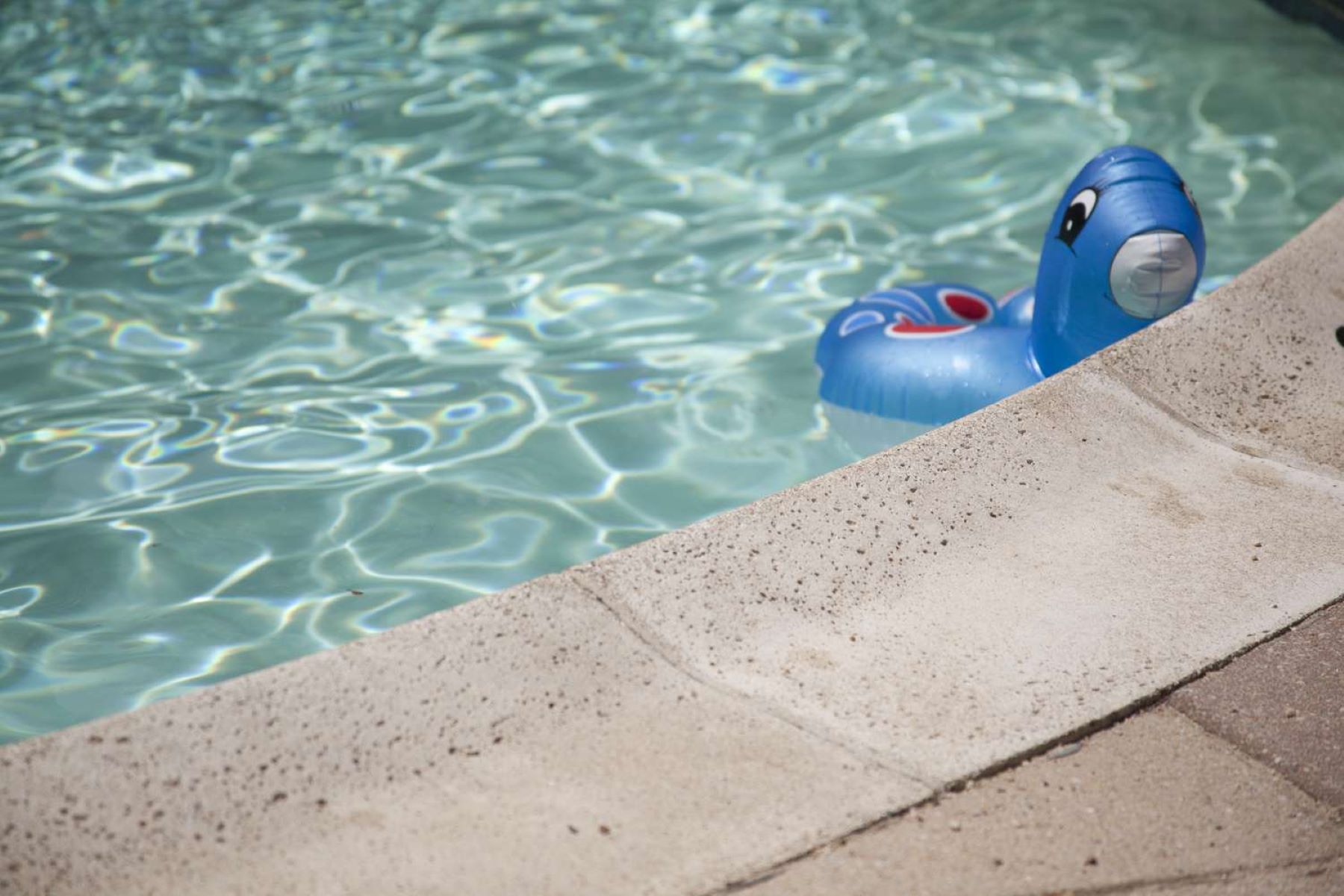


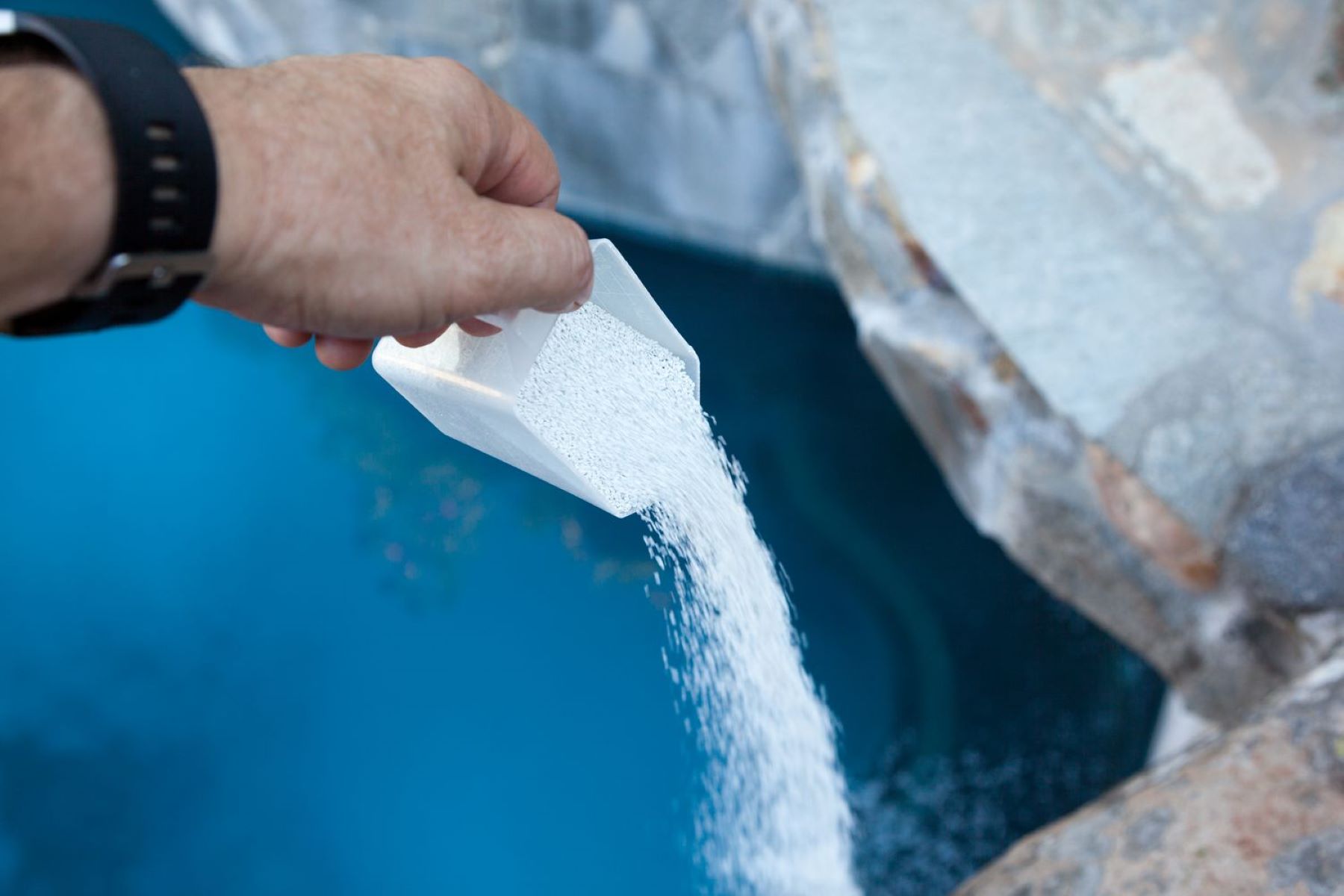




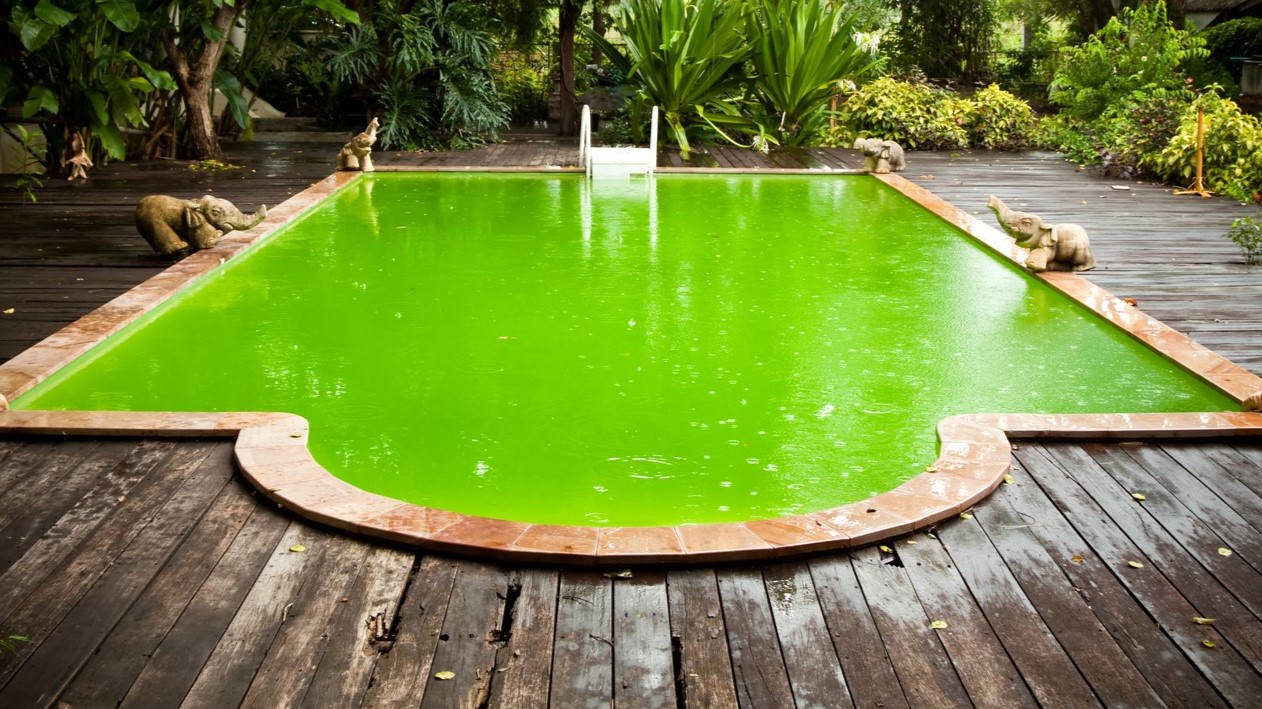
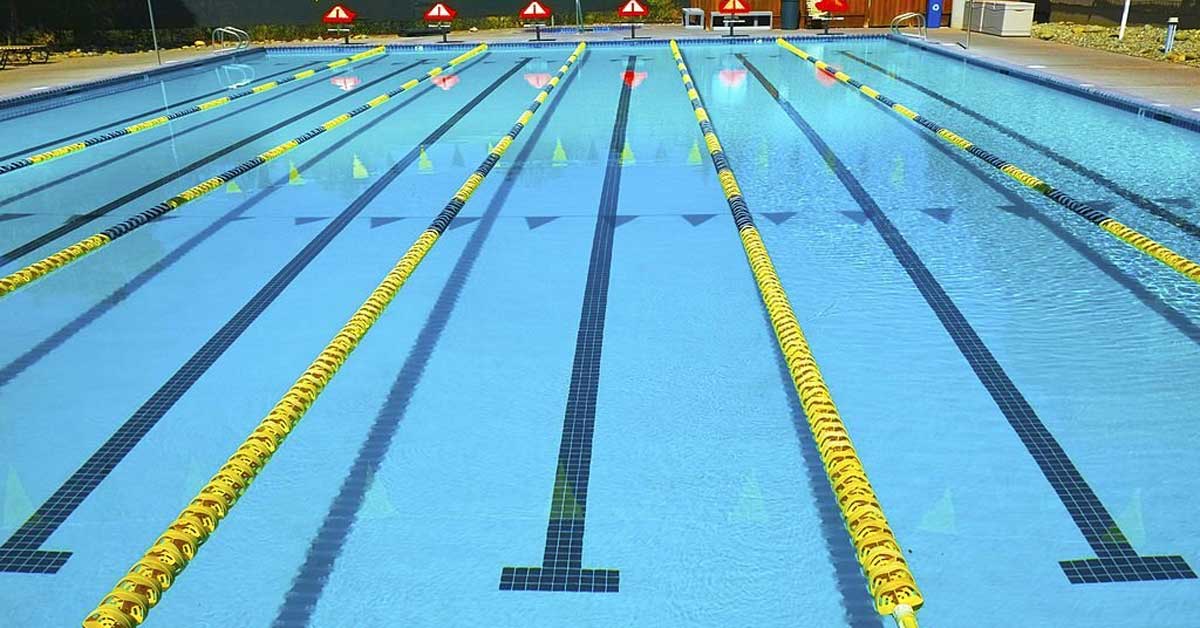

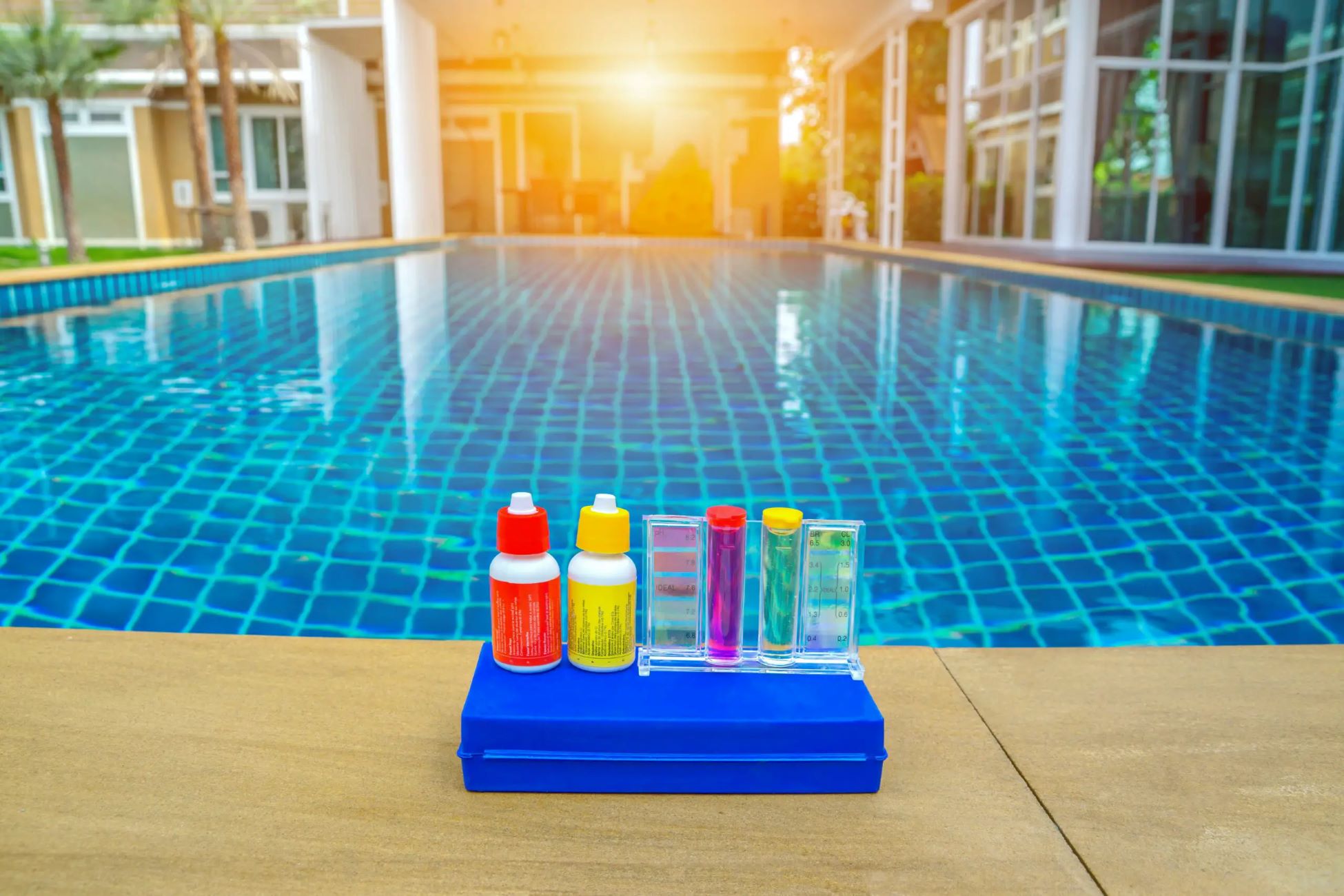

0 thoughts on “What Should The TDS Be In A Swimming Pool”